
- Smooth, seamless shifting
- Reliable
- Customisable
- Heavy mech
- It's not cheap
- Mech allows a fair bit of chain slap
Trickle down tech brings electronic shifting to the masses with SRAM GX Eagle AXS now available. Launched as an upgrade kit, the GX version of the electric shifting groupset is a smooth operating, quiet and trouble-free drivetrain. It's pricey, but you soon realise that pushing a 'normal' shifter is a chore. First-world problems...
- SRAM GX Eagle 12spd drivetrain first ride
- Your complete guide to SRAM MTB drivetrains: XX1, X01, X0, X1, Eagle GX, NX, EX1 and AXS groupsets
- Which freehub body do I need? SRAM and Shimano 9, 10, 11 and 12-speed MTB setups explained
Let's start by explaining the upgrade kit. SRAM says that they want the mech, shifter, battery, charger and alignment tool to be seen as an upgrade for any existing Eagle drivetrains. Meaning that if you currently have any spec Eagle set up, you can buy the SRAM AXS upgrade kit for £554, and that goes for both a 10-50T and a 10-52T cassette.
Not cheap, but still cheaper than an XX1 AXS mech which on its own costs £660. At the other end of the spectrum and just for comparison's sake, a mechanical GX mech costs £110, compared to £352 for the GX AXS mech on its own. If you buy separately, the mech is £342, the shifter £139, and the batteries are £50 each.
Fitting
In return for your five hundred quid spend, you get a drivetrain that is quick to install, reliable and tunable. Fitting was dead simple, remove the old stuff and clear up a cable from the bars. It does look neater, making for a cleaner looking set of handlebars.
Once the shifter and mech are attached, you'll pair the two items by pushing and holding a button on the underside of each. Setting the bike to sag and using the new b-tension gap tool is easy – the tool indicator needs to line up with the centre of the upper jockey wheel bolt. There is now one tool for all, rather than a load of different ones.
All that is left to do is index the gears. Trim is the term used for aligning the mech, and that is set at installation. There are about 30 micro positions the mech can be set at within each of the 12-gear clicks defined by the cassette's spacing. You can also check the micro-adjustment in the AXS app; you can also customise mech settings such as single/double shift.
Shifter
The shifter developed for AXS is pretty much the same across the board regarding SRAM electronic mountain bike drivetrains. There aren't many differences between the X01 and the GX AXS shifter save from some shiny metal bits on the X01 and the £60 price difference.
Like the rest of SRAM AXS gear, the shifter works with both X01 and XX1 AXS parts. My shifter is attached to the bars via the 'discrete' clamp, but you can also get the Matchmaker clamp to pair it with your SRAM brakes.
The Eagle AXS Trigger Shifter is basically a rocker paddle; slide your thumb up or down to shift to a different gear. What each button does can be configured through the AXS app. There's a neat trick up its sleeve though, SRAM has added a "Secret Sprint" paddle on the front-side of the controller that you can operate via your index knuckle when you're out of the saddle and sprinting. It's useful, and I found myself reaching for it mostly when climbing, using my forefinger knuckle to operate it rather than my thumb on the main part of the shifter.
You can also shift this way when sprinting out of the saddle, helped by the fact that the drivetrain shifts well under power. Mechanical sympathy will probably see you not want to shift in this way more than necessary. Still, as the shifter is not connected to the mech, it doesn't require any extra effort to move the lever. I've also recently ridden Shimano's Hyperglide system, and I wouldn't say the SRAM drivetrain is quite of this standard when shifting under load, but it's close.
Shifting is seamless and a real joy; who doesn't like the zeep, zeep noise of an electronic drivetrain? After a while, you start to wonder how you ever managed to use your thumb to push a 'regular' shifter such a long way; what a hardship! The small light touch used on the GX AXS shifter produces a quick, crisp shift; I haven't miss-shifted or changed gear by accident during the whole test time either.
Derailleur
The derailleur is driven by motors rather than actuated by cables. It has the same one-way clutch mechanism as a standard mechanical mech with the cage lock too. Still, it's now joined by the Overload Clutch, which protects the internal gearbox motor from damage in the event of a crash. In the event of an impact, the motor gearbox disengages, gives the derailleur freedom to move, and instantly returns to its position.
The other difference is, of course, the battery, plus the fact that this one connects wirelessly to the new shifter up on your bars. The battery gets a battery cover to help keep it protected and in place. A note on the battery whilst I'm here, SRAM claim 20-hours of shifting time, and I'd say that was about right. There are lights on the mech, though to help you gauge life, green is good, red is getting low and blinking red means you can start to panic. A spare battery, should you buy one for £50, is small enough to carry in your pack should you feel anxious about the life of yours.
The mech weighs in at 450g with the battery attached, which is no featherweight considering an average GX mech weighs 300g. You need to ask yourself whether you really want all that weight hanging off the rear of your bike when most moves these days are to reduce weight in this area. More unsprung weight (as in the case of adding a heavier derailleur) may cause the wheel to become more unstable over less ground and have less traction or contact with the ground as it reacts to bumps. I can't say that I noticed this a huge amount, but I noticed the effect of the mech swinging over rough as the clutch was overwhelmed. I could feel this through my feet, and I could hear it constantly in the rough stuff. Quite off-putting, but nothing I haven't experienced before with SRAM mechs. That said, despite a lot of chain slap, I never lost a chain.
Conclusion
SRAM GX AXS has proved seamless to set up and use, it's a pleasure to shift, and it's superbly reliable, plus you can customise the feel to your preferences. One less cable is a real treat too. It's not quiet, though, it's not cheap, and it is heavier than a regular GX drivetrain.
It then leaves the decision to you, what do you value, seamless shifting with a cleaner cockpit or less chain slap and money in your pocket. Speaking from experience, though, despite the foibles, once you go electronic, it's hard to go back...







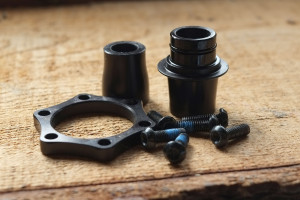



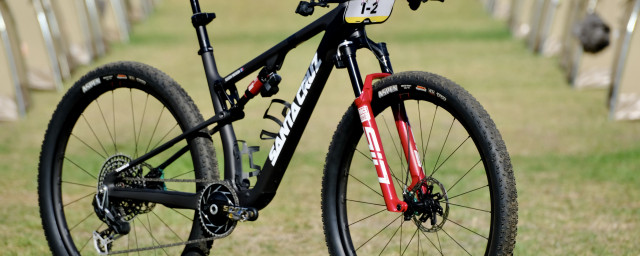


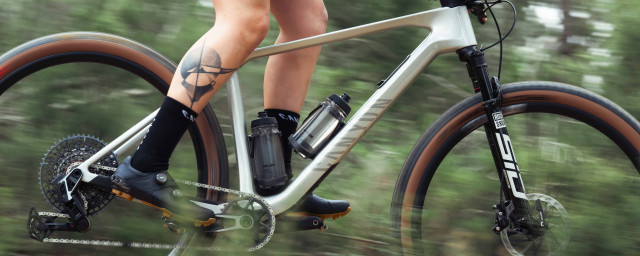
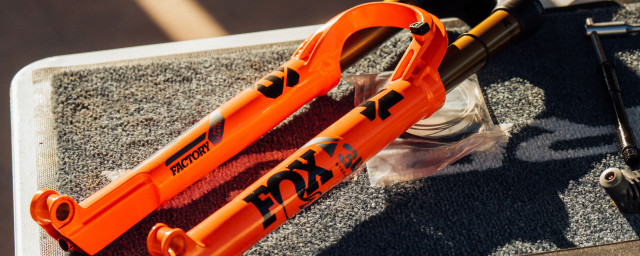
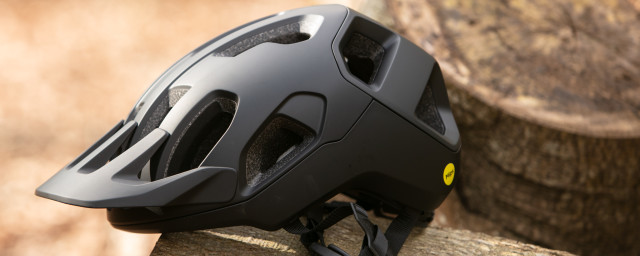
Add comment